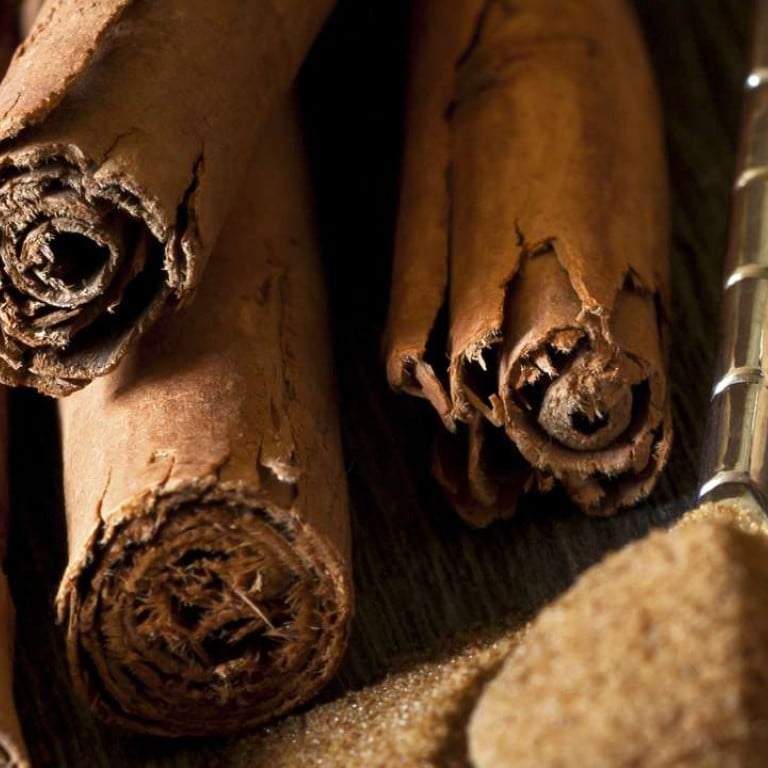
A hit of cinnamon may help you cool down, a new study shows
Lower your body temperature with cinnamon. In other news, taking a ride on a roller coaster can help dislodge kidney stones; and new findings reveal a link between obesity and faecal bacteria
Cinnamon cools your stomach
Here’s a nifty way to combat hot weather: adding cinnamon to your diet can cool your body by up to two degrees Celsius, finds a new study by Australian researchers. The study in pigs, published in Scientific Reports, found the spice may also contribute to a general improvement in overall health.
Project leader Kourosh Kalantar-zadeh, from RMIT’s School of Engineering, says the results of the study seemed to show that cinnamon maintained the integrity of the stomach wall. “When pigs feed at room temperature, carbon dioxide (CO2) gas increases in their stomach. Cinnamon in their food reduces this gas by decreasing the secretion of gastric acid and pepsin from the stomach walls, which in turn cools the pigs’ stomachs during digestion,” he explains.
“When the pigs are hot, they hyperventilate, which reduces CO2 production. With cinnamon treatment, CO2 decreases even further. This not only cools the pigs but leads to a significant improvement in their overall health.”
The research is part of a bigger study at RMIT into gut health using swallowable gas sensor capsules or smart pills, developed at the university.
“No wonder cinnamon is so popular in warm regions as taking it makes people feel better and gives them a feeling of cooling down,” says fellow researcher Dr Jian Zhen Ou.

Old fashioned roller coasters can help patients pass kidney stones
Riding a roller coaster helps patients pass kidney stones with nearly a 70 per cent success rate, a urologist in the US has discovered. Patients of David Wartinger, a professor emeritus at Michigan State University’s Department of Osteopathic Surgical Specialties, had been telling him that after riding a particular roller coast at Walt Disney World, they were able to pass their kidney stone. So Wartinger led both a pilot study, now published in the Journal of the American Osteopathic Association, and an expanded study to assess if this was true.
Using validated, synthetic 3D models of a hollow kidney complete with kidney stones, the researchers attached multiple kidney models to themselves while riding three different roller coasters multiple times. They discovered even better results while sitting in the back of the coaster, with a passage rate of nearly 70 per cent. They also found that both studies showed a 100 per cent passage rate if the stones were located in the upper chamber of the kidney. In all, 174 kidney stones of varying shapes, sizes and weights were tested.
“Big Thunder Mountain was the only one that worked,” says Wartinger. “We tried Space Mountain and Aerosmith’s Rock ’n’ Roller Coaster and both failed.” He explains these other rides are too fast and too violent with a G-force that pins the stone into the kidney and doesn’t allow it to pass.
“The ideal coaster is rough and quick with some twists and turns, but no upside down or inverted movements,” he says.
“You need to heed the warnings before going on a roller coaster,” he advises. “If you have a kidney stone, but are otherwise healthy and meet the requirements of the ride, patients should try it. It’s definitely a lower-cost alternative to health care.”

Faecal bacteria linked to body fat
The diversity of bacteria in your faeces and the amount of belly fat you have are related. Scientists at King’s College London have found that participants with a more diverse community of bacteria in their faeces had generally lower levels of visceral fat – the kind of fat stored in the abdominal cavity near a number of important internal organs and is linked with higher risks of metabolic diseases such as cardiovascular disease and diabetes.
“There is a growing body of evidence to suggest that gut bacteria may play a role in obesity, and a number of studies are now exploring this in more detail,” says the study’s senior author Dr Jordana Bell, from the Department of Twin Research and Genetic Epidemiology. “Further scientific investigation is needed to understand how precisely our gut microbes can influence human health, and if interventions such as faecal transplants can have safe, beneficial, and effective impacts on this process.”
The study, published in Genome Biology, involved 1,313 twins (predominantly female) from the TwinsUK cohort, using data from stool samples provided by participants as part of their annual sampling to extract DNA information about faecal microbes. Researchers compared this to six measures of obesity, including BMI and upper to lower body fat ratios, but found the strongest links with visceral fat. The findings were validated using BMI as a measure of obesity in a further two population based cohorts and an additional TwinsUK dataset.

